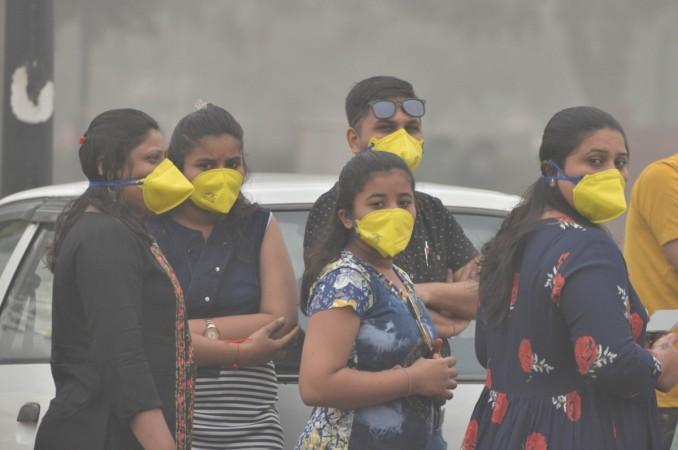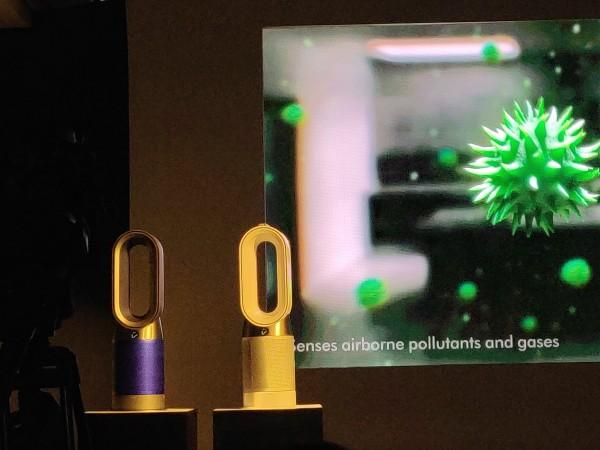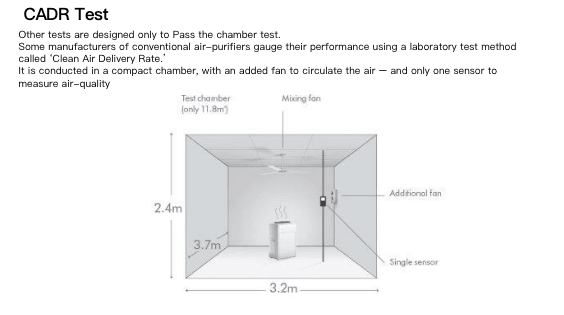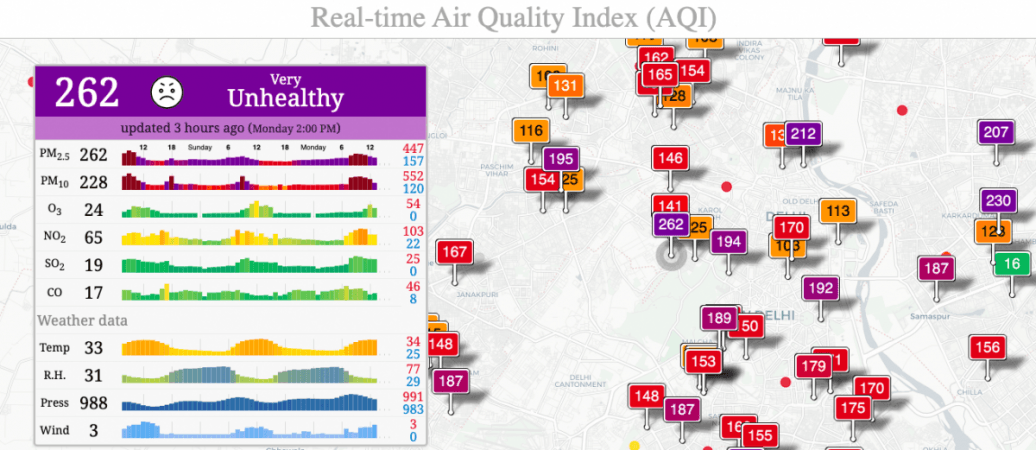The rising air pollution is a bigger problem than anyone admits in India. The AQI levels in India paints a dangerous picture of the current situation of India's air pollution problem. But that's not it. The lax interpretation of AQI is a lot different than international standards, making Indians feel better about a dangerous situation.
US President Donald Trump's remarks about India's air being filthy hit a nerve among Indians, but also served a reality check. It's high time Indians act now as the air we breathe in might be killing us slowly. Should you decide to do so, here's something that will help you. If you haven't yet decided, some statistics will sound the alarm.

If the AQI interpretation in India is painting a different picture, the air purifiers available in India follow an industry-standard test, which proves effective under certain settings that may or may not be practical. There is no shortage of air purifiers in India as the competition has gotten intense in the past few years. From Xiaomi to Dyson and more, there are plenty of options out there, but it is the question of finding the one, regardless of the price.
If you can put a price tag on health, we'd be living in an entirely different world. Given the current situation in India, you'll need to buy an air purifier, especially in the most polluted cities such as Delhi, where the AQI levels are hazardous by international standards and "very poor" per India's AQI scale.
The air pollution inside the house is often ignored, but it is the most important aspect as we spend most of our time inside our houses, especially when the outside air is unhealthy. A study by the United Nations Environmental Programme (UNEP) study from 2018, pegs the contribution of indoor air pollution to anywhere between 22% and 52% of the overall pollution levels. An average home can be up to 7X more polluted than the air outside, with pollutants like toxic fumes, gases released by household items like solvents, deodorants, etc.

Speaking of indoor pollution, India has been recording an increase in PM 2.5 pollution since 2010. Tragically, air pollution also killed about 116,000 infants in India within the first month of being born, as per the State of Global Air 2020 report. Indoor pollutants include formaldehyde, bacteria, pollen, mould spores, dust mites, pet hair and dead skin cells.
Indians must act now
We are sitting on a ticking time bomb and it's critical to act now than later. The air we breathe is killing us all like a slow poison, but the good news is that it can be avoided by taking the right steps.
We had tested the Dyson Pure Hot+Cool air purifier, which exceeded our expectations in making sure the air inside of the house is breathable without dire consequences in the long run. You can read all about Dyson's air purifier in our detailed review. But that premium price tag attached to Dyson products will put you in a dilemma.

There are handful of air purifiers out there, but Dyson and other premium brands alike use better technology to effectively purify homes. But there were also some doubts about the methods Dyson uses to test its products - not CADR to be specific. It was only fitting to ask the experts at Dyson to get a better understanding of POLAR test it uses over CADR.


"CADR is one way to look at purification, but Dyson machines are engineered differently. Dyson's purifiers can purify the whole room properly. The bigger the room, the longer the machine will take to purify it as there is more air in the room. Dyson engineers prioritised the quality of intelligent sensing, whole machine filtration, and airflow projection in order to achieve uniform cleaning performance. Lastly, in a real-home environment, we may not know when pollution happens, and when we should turn our purifiers on. The CADR capability of a purifier can only be experienced by the user when they turn the unit on to maximum themselves," David Hill, Design Manager in Environmental Care at Dyson told IBTimes.
But not everyone compares the tests before picking up a new air purifier. There are a lot of misconceptions about air purifiers in India, which are brutally taken advantage by some brands. There's a stark difference between India's AQI scale vs international standards. For instance, Thailand shut its schools when the AQI levels touched 163, but India considers AQI levels between 101-200 as moderate.

Picking the right air purifier
But one might ask, why to spend several thousand when there are cheaper alternatives to air purifiers. This is the most common question, but as we said earlier, you cannot put a price on health. There are certain aspects of air purifiers that one must know before buying a new air purifier. We asked an expert in the field to help out. Here's what matters, according to Hill.
Real-time sensing of indoor air quality
To effectively purify any given room or home, an air purifier must be able to sense the different kind of pollutants found inside a house. For this reason, on-board sensors are essential and necessary technology that can help process that information to fight better. Being able to monitor indoor air quality and real-time and maintain a healthy atmosphere is crucial for any home.
Filtration process
If your air purifier has HEPA with activated carbon, expect a better purification. It helps remove both particulate matter and volatile organic compounds. But the most important aspect is to see if these filters are sealed airtight inside. This is to ensure the pollutants are not released back into the air.
Reaching unreachable corners
This is a huge challenge for air purifiers. But if you're air purifier can reach the corners of the room and make sure the entire area is clean, you've got yourself a winner. Since air purifiers are placed in one corner of the room, the other end of the room isn't often reached. If your air purifier has a real-time sensor and a fan inside, it helps with pure air circulation across the room.
All-in-one products
Air purifiers are not just that these days. If we take Dyson Hot+Cool air purifier, for instance, there's a fan and heater built-in to the air purifier. Since we've tested the heater's capability in the Dyson machine, we can vouch for its effectiveness. Read about it in our review.








